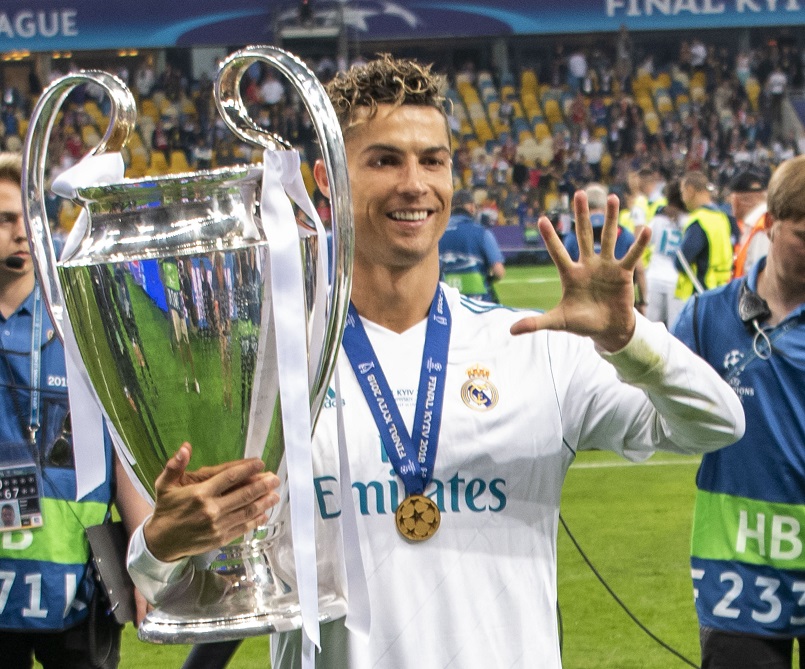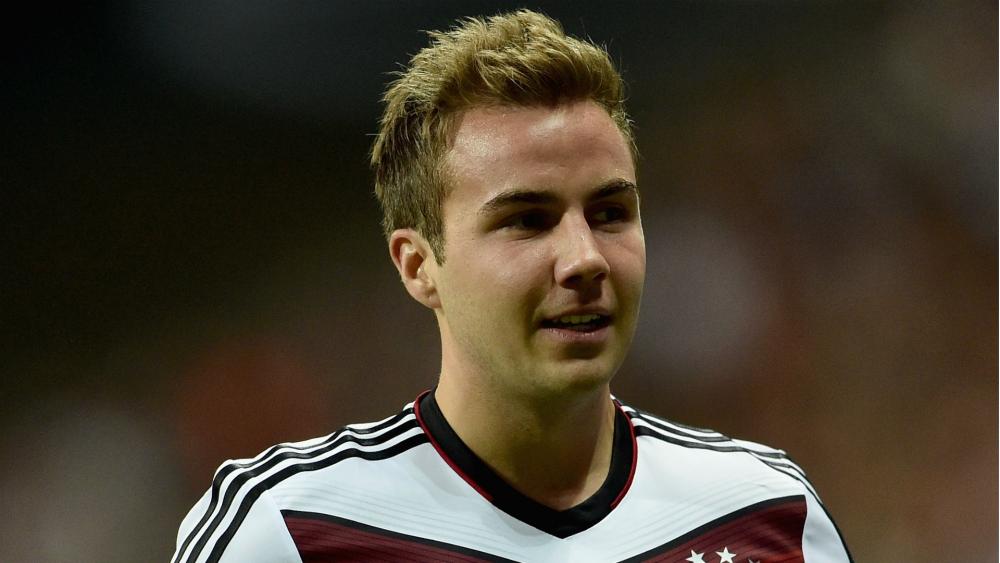How the Champions League copied the World Cup – before rivalling it as the most prestigious tournament in football
With football on its knees at the end of the 1980s, the European Cup remodelled itself on the World Cup – and in doing so, became even bigger than it ever had been

Zinedine Zidane was an artist; one in a million. A rebel and a radical who could pirouette like smoke through defences, or launch a rocket to ricochet past goalkeepers. Zizou was also a turning point; a man caught in time between two eras.
There are few men who have ignited the international scene and club game in equal measure, but the icy Marseillais is defined by pictures of what he did in these two very different spheres. He was perhaps the last man to be considered one of the greatest of all time for what he achieved with his country, as much as his club.
He flew higher than any Frenchman before in 1998, carrying Les Bleus to their first Coupe de Monde title. Then his wings were shed in 2006, his outrageous last moments in football becoming the sport’s most infamous GBH incident. In between, he chiselled himself into the rock of club football by becoming the most expensive transfer ever, then with a casual swivel on his heel: scoring that goal against Bayer Leverkusen at Hampden Park.
And somewhere in between, the most important tournament in football became a debate. The World Cup hasn’t lost its gloss – but the Champions League has become the yardstick of how we judge players... and it took its cues from the World Cup to rival it for prestige.

In 1990, football was just recovering from its darkest decade. Italia 90 was set in the rubble of the terrace trouble - but this, really, was the beginning of modern football. Cultural icons were born in Italy that year - from the kits to the posters - as many rekindled their love with the sport thanks to Gazza wearing his heart on his sleeve and Luciano Pavarotti’s lung-busting tones. And with anything, there was money thrown at this.
FIFA president Joao Havelange was the man who sold the World (Cup), with sponsors and partners introduced steadily every four years to turn a modest competition into a modern carnival. It peaked in 1990; when four superpowers of footballing history reached the semi-finals of the World Cup - former champions England, West Germany, Argentina and Italy - it became obvious where the future of football lay.
It was 1992 that the plans for the Premier League were put into motion, taking the history and tradition of English football and turning it into something maximalist and Hollywood for a new millennium. The European Cup went down the same route, bombastically calling itself the 'Champions League', commissioning an accompanying hymn from composer Tony Britten - just like Italia 90 - and drafting in commercial partner, Television Event and Media Marketing (TEAM), to help “brand” the Champions League - with “house colours” and the iconic “starball”.
Get FourFourTwo Newsletter
The best features, fun and footballing quizzes, straight to your inbox every week.
This was no longer a football competition. This was a TV show; a product, like Coca-Cola, with its elegant red swirls, or Adidas with its three stripes. Something that big money would want to associate itself with - and by factoring in ever-modernising footballing institutions from across Europe, the Champions League was a no-brainer. It already had its own history, too, from before 1992 - so this wasn't a young pretender but an established entity given a lick of paint.
Over time, the Champions League would relax its eponymous criteria and offer more than the World Cup ever could. Players as good as Johan Cruyff or Lionel Messi wouldn’t have to curse their birthplace in the pursuit of the biggest titles on Earth. Rivalries were formed between clubs of different countries. You could watch the biggest players on Earth - wherever they played. Gone were the days of Pele having to go on tour with Santos for fans to catch a glimpse.
No one would be able to catch up with the juggernaut. MLS kicked off in the mid-90s, with the Club World Cup launching a decade later. In 2000, Florentino Perez would allegedly give both barrels to a lacklustre Real Madrid side in the dressing room after they lost 2-1 to Boca Juniors in the Intercontinental Cup, since it was a massive opportunity to catch a Far Eastern audience.
But perhaps even Flo underestimated just how far the Champions League was in the distance, and how nothing could catch it. Perhaps he did so again 20 years down the line when his Super League was crushed within a week.
The goalposts have shifted for an all-time great player in football, thanks to this competition alone. Pele has three World Cup titles, played mostly friendlies at club level but was deified for quadrennial performances. Cristiano Ronaldo is instead judged by what he’s done under midweek glare - and has come nowhere near World Cup glory.

It’s hard to imagine someone as accomplished on the international stage in the 21st Century - say, Miroslav Klose - being added to a GOAT conversation without at least a dozen golden moments in Champions League football. Yet Erling Haaland could never play in a World Cup and still might go down as the greatest striker ever one day.
Even Zidane himself found success in a new career at club level. Three successive Champions League titles in management have elevated him to greatness. He's now considered among the finest coaches on Earth: does his World Cup team-mate Didier Deschamps, who lifted the World Cup trophy as a manager, carry the same reputation?
These days, football rewards where the money’s at - and there’s more of it in a tournament that takes place most of the year, every year. But equally, we want consistency. We want to see the best delivering on the biggest stage more often.
That's what the Champions League offers. The World Cup hasn't lost its magic, but it's curious that we now look to club football to find greats - and the Champions League has made more stars than it crams in its logo.
Subscribe to FourFourTwo today! Guarantee the finest football stories and interviews dropping on your doorstep first every month.
NOW READ
LIST 12 of the most shocking player vs fan punch-ups
FANTASY PREMIER LEAGUE FourFourTwo writers reveal their FPL teams
ARSENAL It's not the defeats that are worrying for Arsenal – it's the total lack of creativity

Mark White has been at on FourFourTwo since joining in January 2020, first as a staff writer before becoming content editor in 2023. An encyclopedia of football shirts and boots knowledge – both past and present – Mark has also represented FFT at both FA Cup and League Cup finals (though didn't receive a winners' medal on either occasion) and has written pieces for the mag ranging on subjects from Bobby Robson's season at Barcelona to Robinho's career. He has written cover features for the mag on Mikel Arteta and Martin Odegaard, and is assisted by his cat, Rosie, who has interned for the brand since lockdown.
